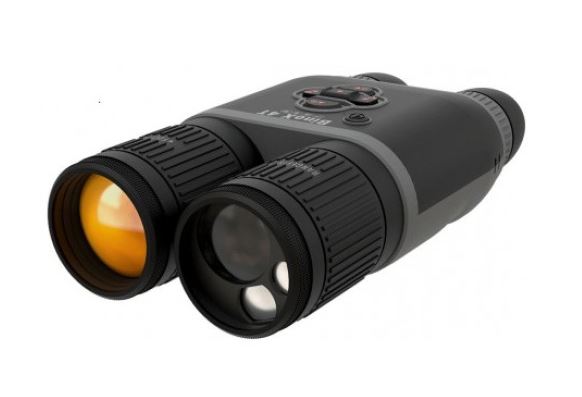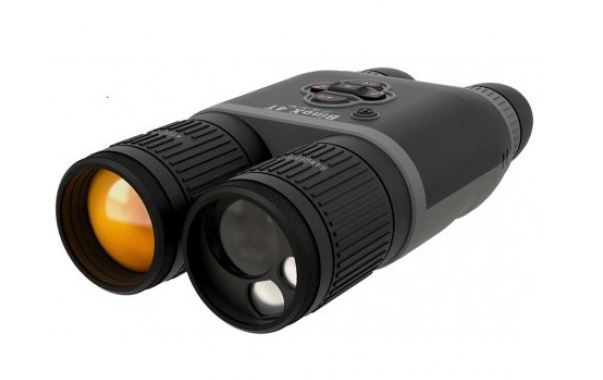Products:
https://www.optics-trade.eu/en/docter-basic-1-5-6×42.html
https://www.optics-trade.eu/en/docter-basic-2-5-10×50.html
https://www.optics-trade.eu/en/docter-basic-1-4×24-27218.html
https://www.optics-trade.eu/en/docter-basic-3-12×56-27190.html
This text is a transcription of the file in PDF format.

Information regarding the disposal of sighting mechanisms with
electronic portion

Information regarding the disposal of batteries in sighting mechanisms

General information
DOCTER® basic rifle scopes constitute excellent target sights of state-of-the-art design.
Sound workmanship, high optical performance, an appealing design and functional reliability even under extreme weather conditions will turn your DOCTER®
basic rifle scopes
into indispensable companions.
Scope of delivery
• 1x transparent protective cap
• 2x battery CR 2032
• Operating instructions
• Guarantee card
Technical specifications

Initial operation
Inserting the battery
First of all, unscrew the cap of the battery compartment (1). Then place a lithium battery
CR2032 (included in the scope of supply) with the positive terminal pointing upwards
onto the battery compartment and depress in the centre until it engages. The inscription
on the button cell must be legible.
Removing the battery
First of all, unscrew the cap of the battery compartment (1). Now the button cell can be
removed by pushing down on the edge of the cell until the battery disengages and protrudes.
Switching the reticle illumination on / off
To switch on the reticle illumination, take hold of the control unit (2) with two fingers and
pull it out. When it is switched on, a red marking is visible and provides information
about the operating status of the rifle scope.
Pushing in the control unit (2) switches off the reticle illumination.
Brightness control of the reticle illumination
DOCTERbasic rifle scopes are equipped with a dimmable daylight illuminated reticle.
The intensity is adjusted via an up and down movement of the control unit (2) that is limited by stoppers. To increase the illumination intensity, the control unit is moved in direction of the (+) marking and held there. To reduce the illumination intensity, the control
unit is moved in direction of the (–) marking and held there. On reaching the minimum or
maximum end position, the illuminated reticle starts to blink. The set brightness is retained by releasing the control unit.
Automatic deactivation
If the control unit (2) is not activated within a period of approximately 3 hours, the reticle
illumination switches off automatically. To reactivate the reticle illumination, switch the
control unit (2) off and on or activate the intensity adjustment.
Memory function
The electronics of the reticle illumination is equipped with a memory function. The
brightness value set last before the device was switched off is saved and is immediately
available when the device is switched on again.
Battery warning
If a low battery voltage has been detected, a warning is given by constant blinking.
Installation
DOCTERbasic rifle scopes exhibit a 30 mm centre tube diameter and are designed for
ring installation. The correct type of installation is selected based on the weapon model.
Your local gunsmith or specialist dealer will be happy to advice you with regard to the
optimum installation version.
Reticle adjustment
To adjust the reticle, the two protective caps (3) are unscrewed from the domes of the
reticle adjustment. By turning the handle elements located underneath, the hit point position is changed. The top dome is used to change the height setting and the right-hand
dome to change the lateral setting.
Height adjustment (H) (4)
Turning the handle elements in direction of the arrow causes the hit point to be moved
upwards.
Lateral adjustment (R) (5)
Turning the handle elements in direction of the arrow causes the hit point to be moved to
the right.
The end of the adjustment range is noticeable because of the stoppers. To prevent an
accidental adjustment of the reticle and to guarantee water tightness, the protective caps
(3) must always be screwed back onto the two domes. Pay attention to the seat of the
sealing rings (6) when doing so.
To ensure that the “zeroed-in” zero position of the reticle can be quickly found when using different ammunitions or fillings, the scale disc (7) can be turned such after undoing
the cross-head screw (8) that both index marks (9) are facing each other.
The adjustment range for the hit point correction is well dimensioned. Should the scale
division nevertheless prove insufficient, we recommend you have the installation of the
rifle scope checked by a gunsmith.
Change of magnification
Depending on shot distance and light conditions, the suitable magnification can be easily
set by turning the variable ring (10).
To improve orientation, the most important magnification values are engraved on the
variable ring (10). At the same time, it is possible to set any intermediate magnification in
an infinitely variable manner at consistent image quality, visual acuity and absolutely
unchanged hit point position.
Setting the visual acuity
The visual acuity is set by turning the outer eyepiece ring (11). Possible eye deficiencies
have been compensated as soon as the reticle is perceived sharply during relaxed viewing.
An eye deficiency compensation of ± 2.5 dioptres can be effected.
Focussing should in principal be effected at the highest magnification, as this is when,
due to the maximum resolution, the visual acuity can be judged best. A later change in
magnification does not change any previously adjusted focussing.
Accessories
One of the protective caps of the reticle adjustment is designed somewhat larger. It
serves to accommodate a spare battery format CR 2032 by means of a magnet.
Protective caps that are joined to each other are included in the supply to protect the
external parts of the optical systems.
As protection against sidelight, a rubber telescope light protection shield can be supplied
upon request. This shield at the same time guarantees the correct eye distance to the
eye piece and attenuates any recoil.
Care
The device should be protected against heavy soiling.
If necessary, the lens surfaces should be carefully cleaned with a soft, clean cloth or hair
brush.
Heavy soiling should be removed with distilled water to prevent any calcifications on the
surfaces. To remove greasy residues on the lenses, it is possible to use methylated spirits or a commercially available window cleaning agent.
We would like to point out that detaching parts of the rifle scope may lead to a loss of
water tightness and of the device’s nitrogen filling.
In case of function-impairing damage, the device must be sent to an authorised service
workshop.






